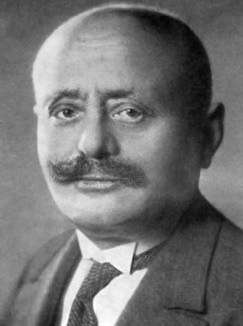
Guido Fubini was an Italian mathematician, known for Fubini's theorem and the Fubini–Study metric.
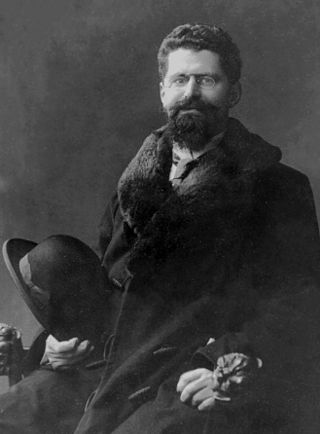
Francesco Severi was an Italian mathematician. He was the chair of the committee on Fields Medal on 1936, at the first delivery.

Cesare Arzelà was an Italian mathematician who taught at the University of Bologna and is recognized for his contributions in the theory of functions, particularly for his characterization of sequences of continuous functions, generalizing the one given earlier by Giulio Ascoli in the Arzelà–Ascoli theorem.

Ennio De Giorgi, a member of the House of Giorgi, was an Italian mathematician who worked on partial differential equations and the foundations of mathematics.

Beniamino Segre was an Italian mathematician who is remembered today as a major contributor to algebraic geometry and one of the founders of finite geometry.

Giulio Ascoli was a Jewish-Italian mathematician. He was a student of the Scuola Normale di Pisa, where he graduated in 1868.
In mathematics, Siegel's theorem on integral points states that for a smooth algebraic curve C of genus g defined over a number field K, presented in affine space in a given coordinate system, there are only finitely many points on C with coordinates in the ring of integers O of K, provided g > 0.

Mauro Picone was an Italian mathematician. He is known for the Picone identity, the Sturm-Picone comparison theorem and being the founder of the Istituto per le Applicazioni del Calcolo, presently named after him, the first applied mathematics institute ever founded. He was also an outstanding teacher of mathematical analysis: some of the best Italian mathematicians were among his pupils.
Lamberto Cesari was an Italian mathematician naturalized in the United States, known for his work on the theory of surface area, the theory of functions of bounded variation, the theory of optimal control and on the stability theory of dynamical systems: in particular, by extending the concept of Tonelli plane variation, he succeeded in introducing the class of functions of bounded variation of several variables in its full generality.
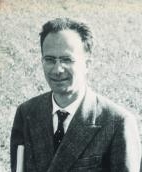
Guido Zappa was an Italian mathematician and a noted group theorist: his other main research interests were geometry and also the history of mathematics. Zappa was particularly known for some examples of algebraic curves that strongly influenced the ideas of Francesco Severi.

Enzo Martinelli was an Italian mathematician, working in the theory of functions of several complex variables: he is best known for his work on the theory of integral representations for holomorphic functions of several variables, notably for discovering the Bochner–Martinelli formula in 1938, and for his work in the theory of multi-dimensional residues.

Giovanni Battista Rizza is an Italian mathematician, working in the fields of complex analysis of several variables and in differential geometry: he is known for his contribution to hypercomplex analysis, notably for extending Cauchy's integral theorem and Cauchy's integral formula to complex functions of a hypercomplex variable, the theory of pluriharmonic functions and for the introduction of the now called Rizza manifolds.
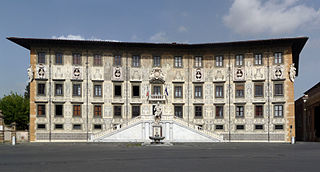
A Superior Graduate School is a completely independent institution from a legal point of view, which offers advanced training and research through university-type courses or is dedicated to teaching at graduate or post-doctoral level.
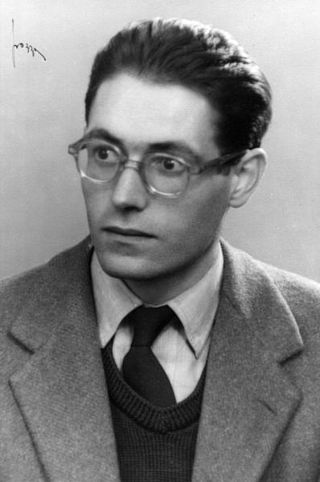
Aldo Andreotti was an Italian mathematician who worked on algebraic geometry, on the theory of functions of several complex variables and on partial differential operators. Notably he proved the Andreotti–Frankel theorem, the Andreotti–Grauert theorem, the Andreotti–Vesentini theorem and introduced, jointly with François Norguet, the Andreotti–Norguet integral representation for functions of several complex variables.
Federico Cafiero was an Italian mathematician known for his contributions in real analysis, measure and integration theory, and in the theory of ordinary differential equations. In particular, generalizing the Vitali convergence theorem, the Fichera convergence theorem and previous results of Vladimir Mikhailovich Dubrovskii, he proved a necessary and sufficient condition for the passage to the limit under the sign of integral: this result is, in some sense, definitive. In the field of ordinary differential equations, he studied existence and uniqueness problems under very general hypotheses for the left member of the given first order equation, developing an important approximation method and proving a fundamental uniqueness theorem.

Alessandro Faedo was an Italian mathematician and politician, born in Chiampo. He is known for his work in numerical analysis, leading to the Faedo–Galerkin method: he was one of the pupils of Leonida Tonelli and, after his death, he succeeded him on the chair of mathematical analysis at the University of Pisa, becoming dean of the faculty of sciences and then rector and exerting a strong positive influence on the development of the university.

Luigi Amerio, was an Italian electrical engineer and mathematician. He is known for his work on almost periodic functions, on Laplace transforms in one and several dimensions, and on the theory of elliptic partial differential equations.
Carlo Miranda was an Italian mathematician, working on mathematical analysis, theory of elliptic partial differential equations and complex analysis: he is known for giving the first proof of the Poincaré–Miranda theorem, for Miranda's theorem in complex analysis, and for writing an influential monograph in the theory of elliptic partial differential equations.
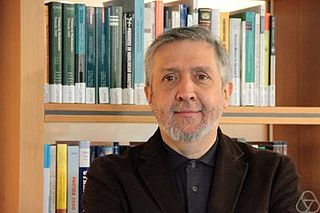
Umberto Zannier is an Italian mathematician, specializing in number theory and Diophantine geometry.

Maurizio Cornalba is an Italian mathematician, specializing in algebraic geometry.















